1. Venice, Italy
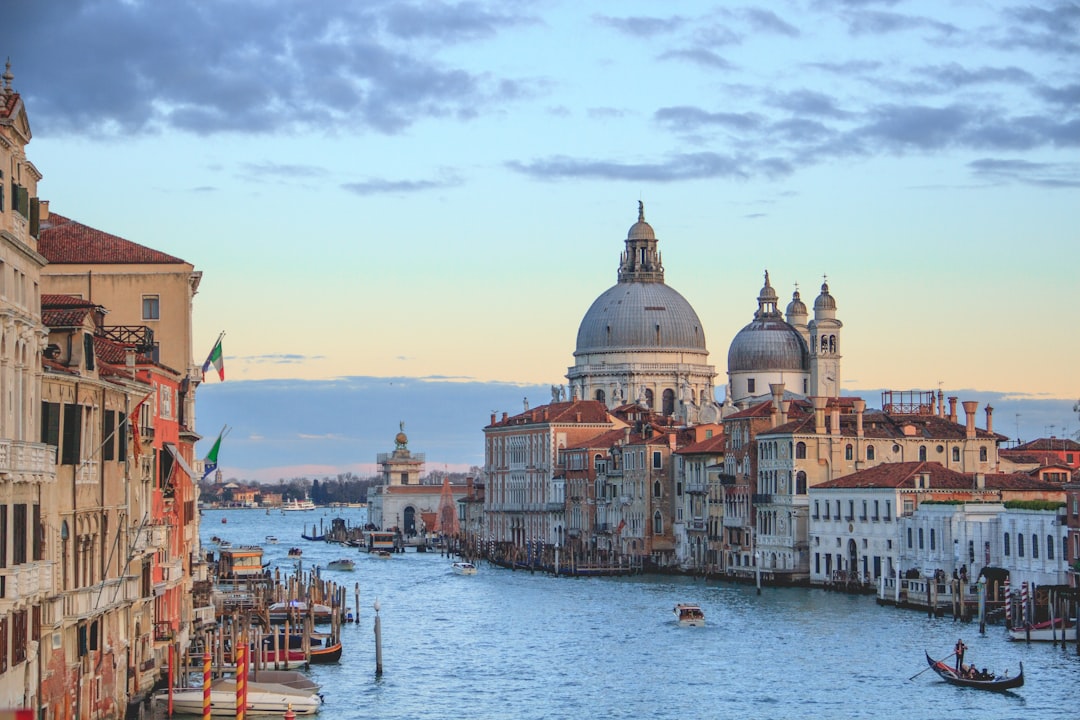
Venice is a city that’s practically synonymous with romance, gondolas, and dazzling canals, yet by 2025, the mood has shifted. The city has been overwhelmed by visitors, with tourist numbers up by 50% since 2010, putting immense pressure on infrastructure and daily life. In response, authorities introduced a new entry fee system in 2024, making it clear that mass tourism is no longer welcome. Residents report feeling like extras in their own city, with many describing Venice as turning into “a living museum.” Pollution, overcrowding, and damage to fragile heritage sites are driving these changes, with a 2023 report highlighting these as critical issues. The local government is actively urging tourists to visit during off-peak times and to explore less crowded neighborhoods. Many locals openly advocate for tourism limits, and there’s visible frustration at large groups clogging popular spots like St. Mark’s Square. Visitors will notice more rules, steeper fees, and a growing sense that Venice is reclaiming itself for its residents.
2. Barcelona, Spain
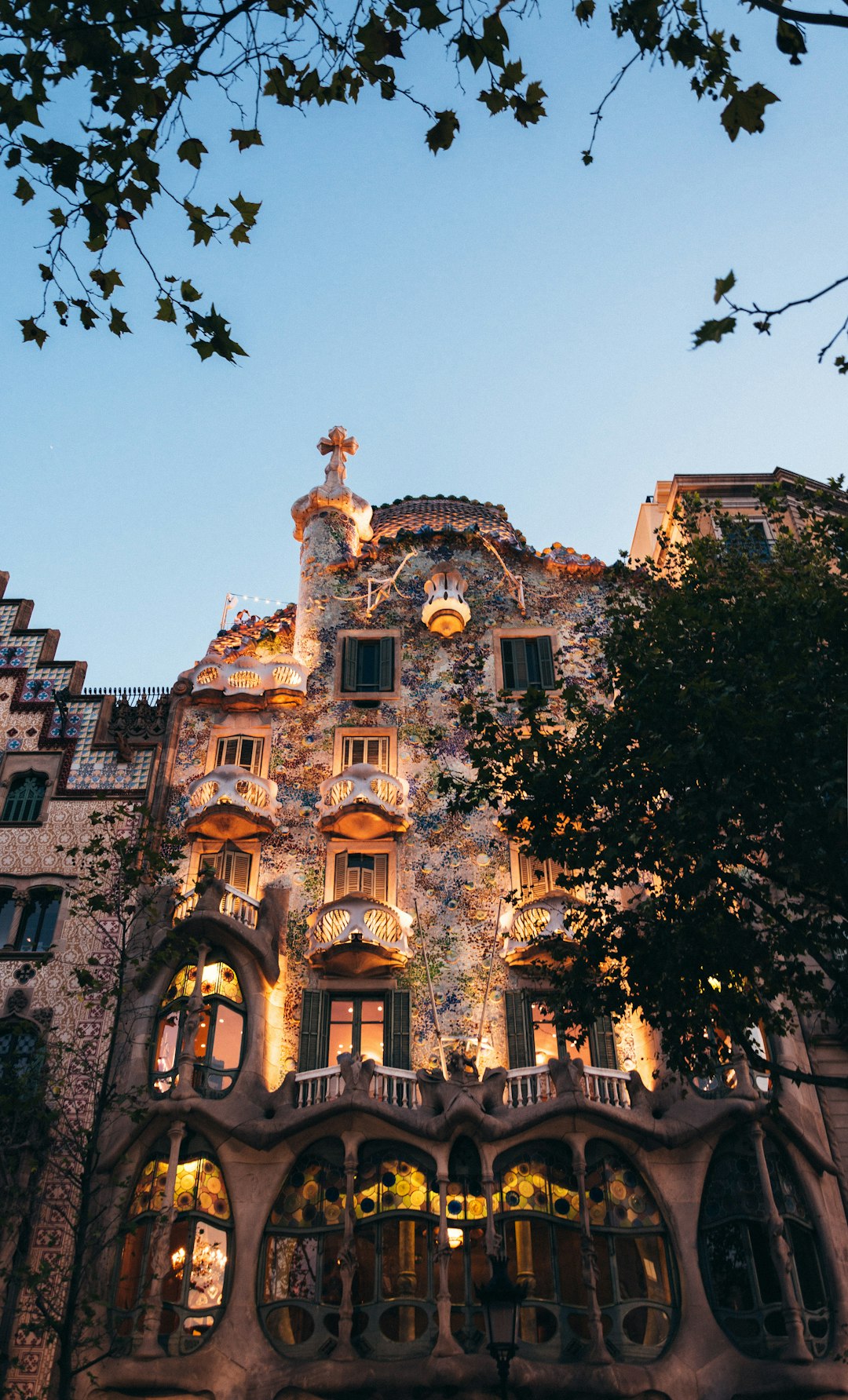
Barcelona, famous for its vibrant street life and Gaudí masterpieces, now finds itself at the center of a tourism backlash. In 2023, over 12 million tourists visited, but this hasn’t brought universal joy—70% of locals surveyed say tourism has worsened their lives. The city has responded by cracking down on short-term rental platforms, raising fines for illegal apartments, and ramping up police patrols in hotspots like La Rambla. Locals complain of noise, crowding, and soaring rents, with many feeling pushed out of their neighborhoods. The government is also limiting the number of new hotels and encouraging tourists to discover less-visited districts. Anti-tourism graffiti and demonstrations have become more common, showing the depth of local frustration. These changes have made the city less welcoming to tourists, especially in the most iconic areas. Travelers now encounter more restrictions and a less festive atmosphere than in years past.
3. Amsterdam, Netherlands
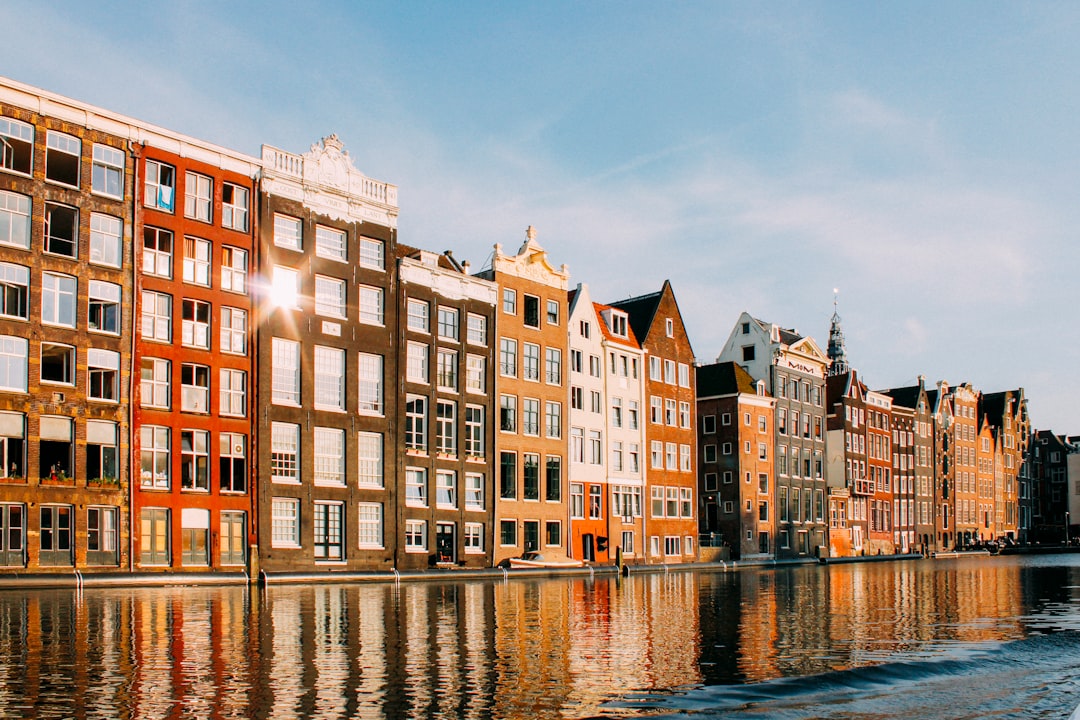
Amsterdam’s picturesque canals and vibrant nightlife have always drawn crowds, but the city is reaching its limit. Over 20 million tourists visited in 2023, causing headaches for many of the city’s 900,000 residents. Studies show that 60% of locals think tourism has made life less enjoyable, with many neighborhoods overrun by partygoers and sightseers. City authorities have halted new hotel development in the center and cracked down on party boats and rowdy behavior. Even the famous Red Light District is changing, with plans to relocate sex work to a “prostitution hotel” away from the city center to curb congestion. Public campaigns urge tourists to “enjoy and respect” Amsterdam, and fines for public intoxication have risen sharply. There’s a clear message that certain types of tourism are no longer welcome, especially those that disrupt everyday life. As a result, visitors will find a city less tolerant of excess and more determined to put residents first.
4. Bali, Indonesia

Bali’s lush landscapes and spiritual traditions have attracted millions, but the island is now facing the downsides of its popularity. In 2023, more than 6 million tourists arrived, leading to crowding at temples, traffic jams, and environmental degradation. A recent survey shows that 75% of Balinese believe tourism is damaging their culture, and there’s a growing call for change. New regulations cap visitor numbers at sacred sites and restrict access during religious ceremonies. The government is also encouraging eco-friendly practices and discouraging disrespectful tourist behavior. Locals have become more vocal about their frustrations, especially regarding pollution and disrespect for customs. Travelers may notice signs in tourist areas reminding them to dress modestly and behave appropriately. These shifts mean some areas are less welcoming, with a clear focus on sustainability and community well-being.
5. Dubrovnik, Croatia

Dubrovnik’s iconic Old Town, made even more famous by TV and film, now finds itself at a crossroads with tourism. With more than 1.5 million visitors in 2023, the narrow streets remain packed to capacity in 2025, continuing to strain local resources. About 80% of residents say tourism has harmed their quality of life, according to recent studies. In response, the city has capped cruise ship arrivals and limited the number of daily visitors to the Old Town. Electronic counters now monitor foot traffic to prevent overcrowding, and certain attractions have strict time slots. Locals have expressed fatigue with the crowds and are pushing for more sustainable tourism models. Tourists may face new rules, higher fees, and limited access to some sites, especially during peak season. This new reality reflects a strong desire to protect the city’s heritage and restore balance for residents.
6. Santorini, Greece
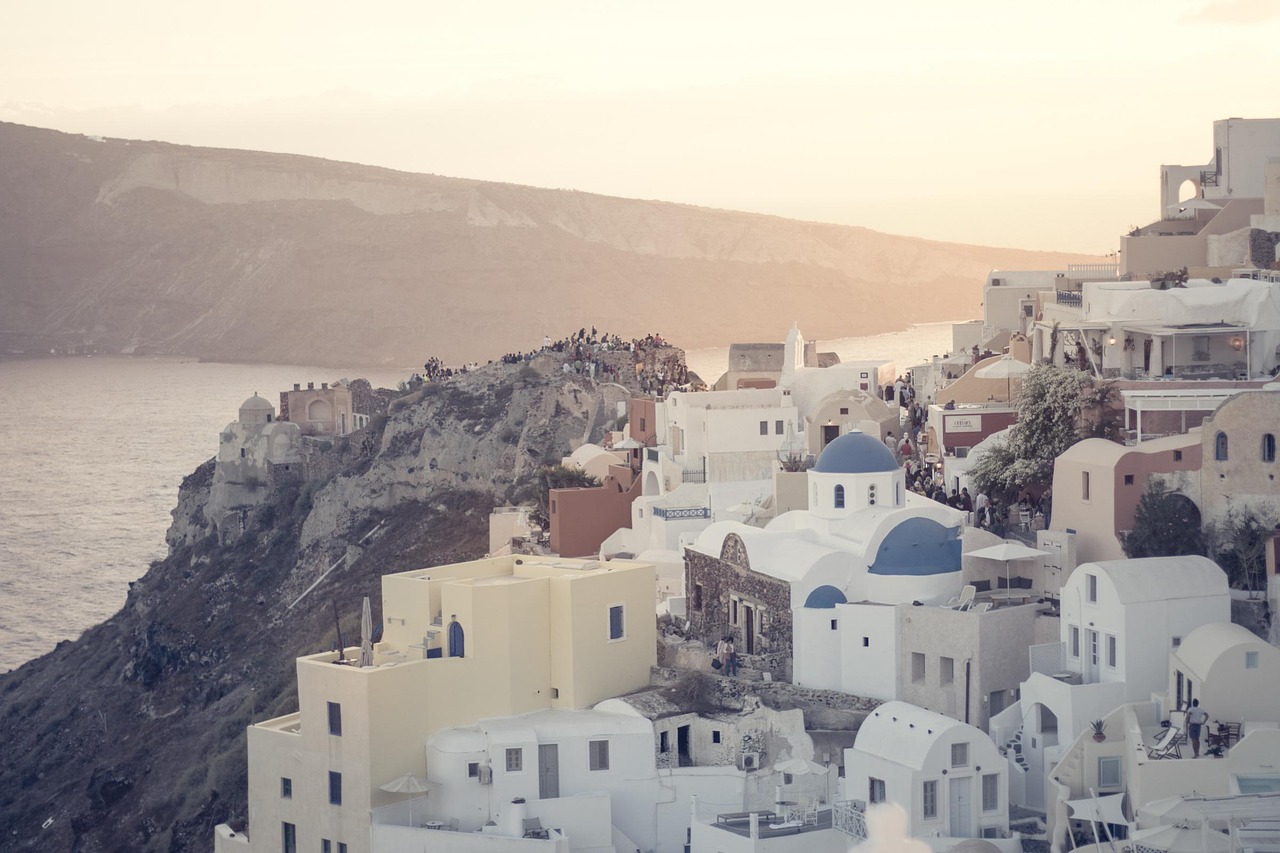
Santorini is world-renowned for its whitewashed buildings and stunning sunsets, but the island’s small size means it can quickly become overwhelmed. In 2023, over 2 million tourists visited, far outnumbering the local population and stretching resources thin. Locals say life has become more difficult, with 65% believing tourism has brought more harm than good. The Greek government has responded by restricting the number of cruise ships allowed to dock each day and encouraging off-season visits. Residents are also frustrated by the rising costs and overcrowding, especially in Oia and Fira. Some have even left the island, unable to cope with the changes. Signs and announcements in popular areas now remind visitors to respect local customs and property. These measures are making Santorini less accommodating to mass tourism and more focused on preservation.
7. Machu Picchu, Peru
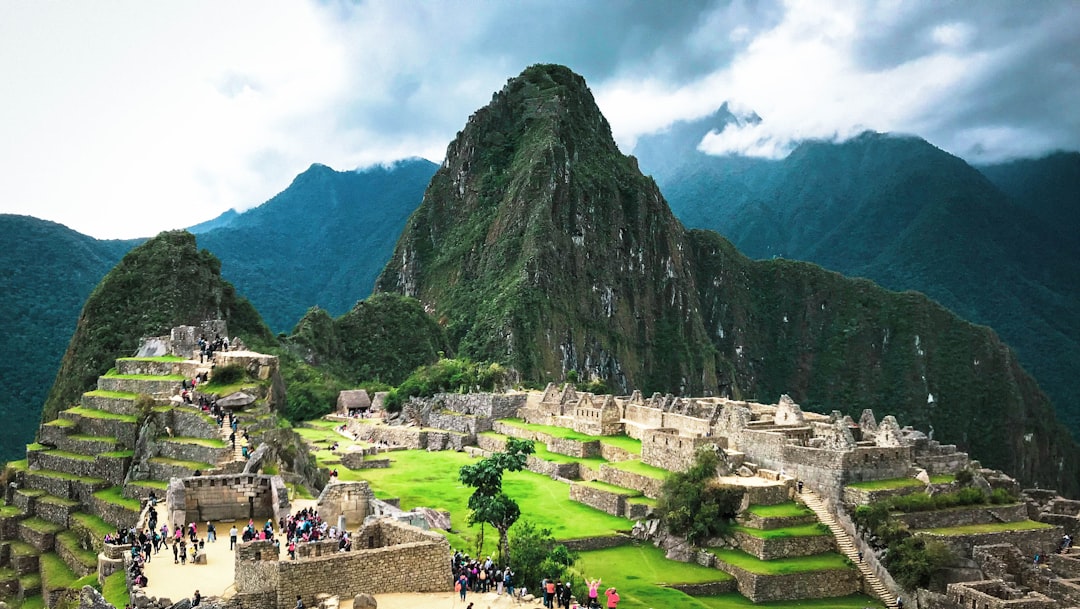
Machu Picchu is one of the world’s most breathtaking archaeological sites, but authorities are now fighting to save it from the impacts of mass tourism. Over 1.5 million tourists visited in 2023, leading to erosion, litter, and threats to the ancient structures. The government has imposed strict daily limits on visitor numbers and made guided tours mandatory for most visitors. Seventy percent of locals in nearby towns say tourism is threatening their cultural heritage and quality of life. New rules mean that tickets must be bought in advance, and there are time slots to control the flow of people. Conservation efforts have also led to restrictions on where tourists can walk and what they can bring into the site. The mood among locals is less welcoming, with a clear emphasis on preservation over profits. Visitors now experience a far more controlled and regulated atmosphere than in the past.
8. Kyoto, Japan
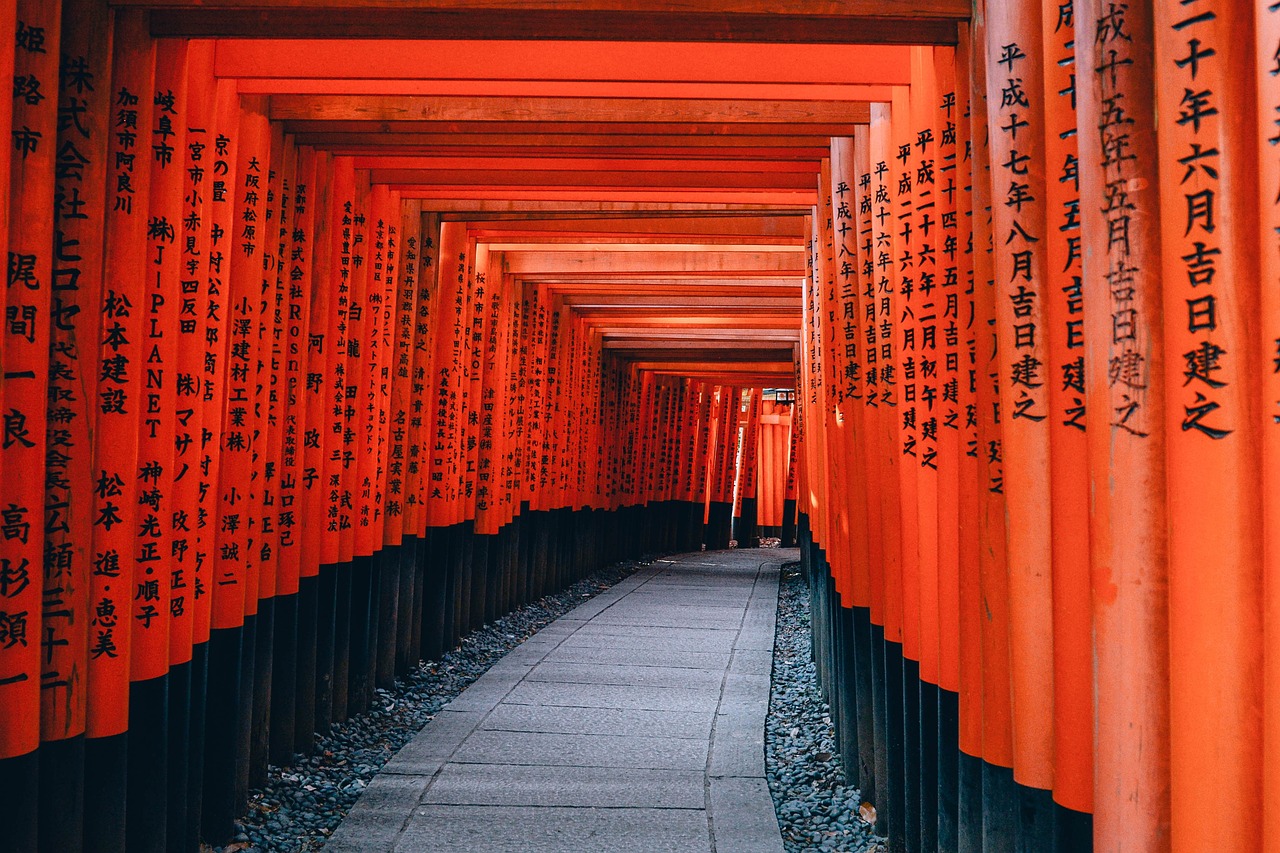
Kyoto, once celebrated for its serene temples and traditional culture, is now struggling with the weight of its own popularity. In 2023, more than 10 million tourists flooded the city, sparking complaints from 75% of residents about overcrowding and cultural insensitivity. The city has responded by limiting access to popular temples and shrines, especially during peak times. Many areas have introduced photography bans and quiet zones to help preserve the atmosphere. Locals are frustrated by tourists who ignore customs, such as trespassing on private property for the perfect photo. There are now signs in multiple languages urging visitors to respect local traditions and privacy. Organized tours are being redirected to less-visited sites, spreading out the crowds. These changes reflect a growing determination to protect Kyoto’s unique character, even if it means making tourists feel less at home.
9. Paris, France
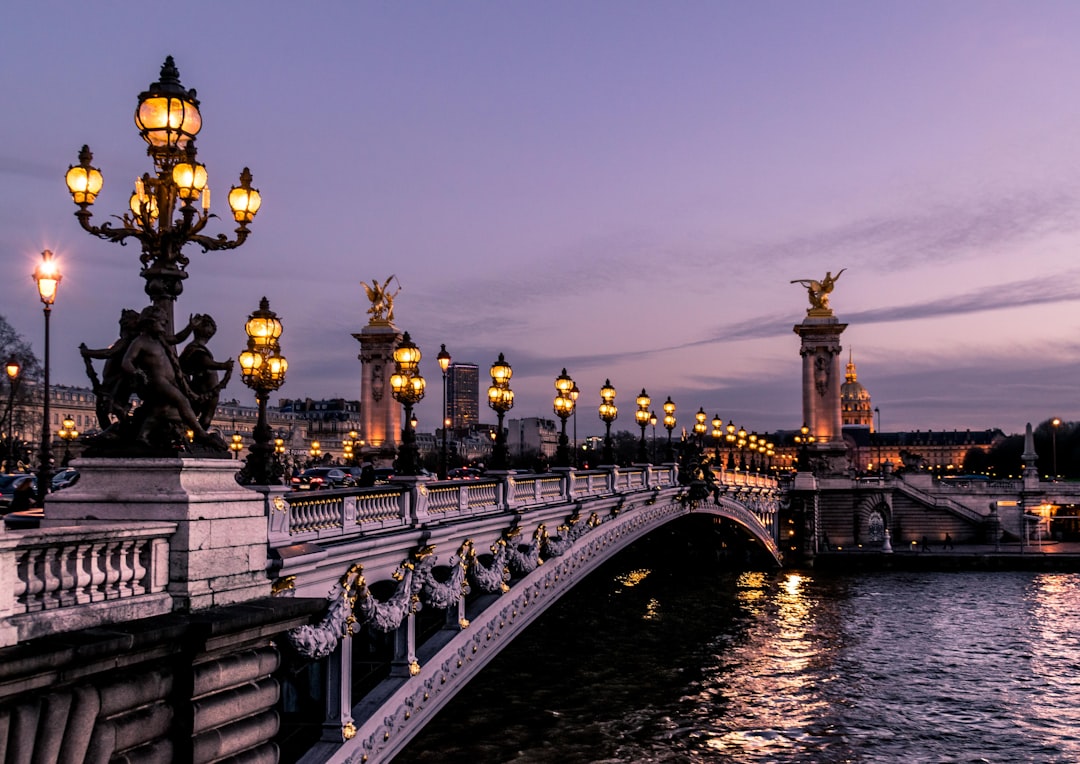
Paris, the “City of Light,” remains a magnet for travelers, but its charm is being tested by the sheer volume of visitors. In 2023, more than 30 million tourists descended on the French capital, leading to complaints about noise, pollution, and soaring rents. A recent survey found that 65% of Parisians believe tourism is harming their quality of life, and anti-tourist sentiment is on the rise in some neighborhoods. The city has responded with new rules to distribute visitor numbers more evenly, encouraging exploration of lesser-known districts. Authorities have also cracked down on illegal short-term rentals and increased efforts to keep popular sites clean. Locals report feeling squeezed out of their own city, especially in iconic areas like Montmartre and the Latin Quarter. There are more visible signs warning against nuisance behavior and stricter enforcement of city regulations. The atmosphere is less carefree, with a sense that Paris is trying to regain control over its identity.
10. Reykjavik, Iceland
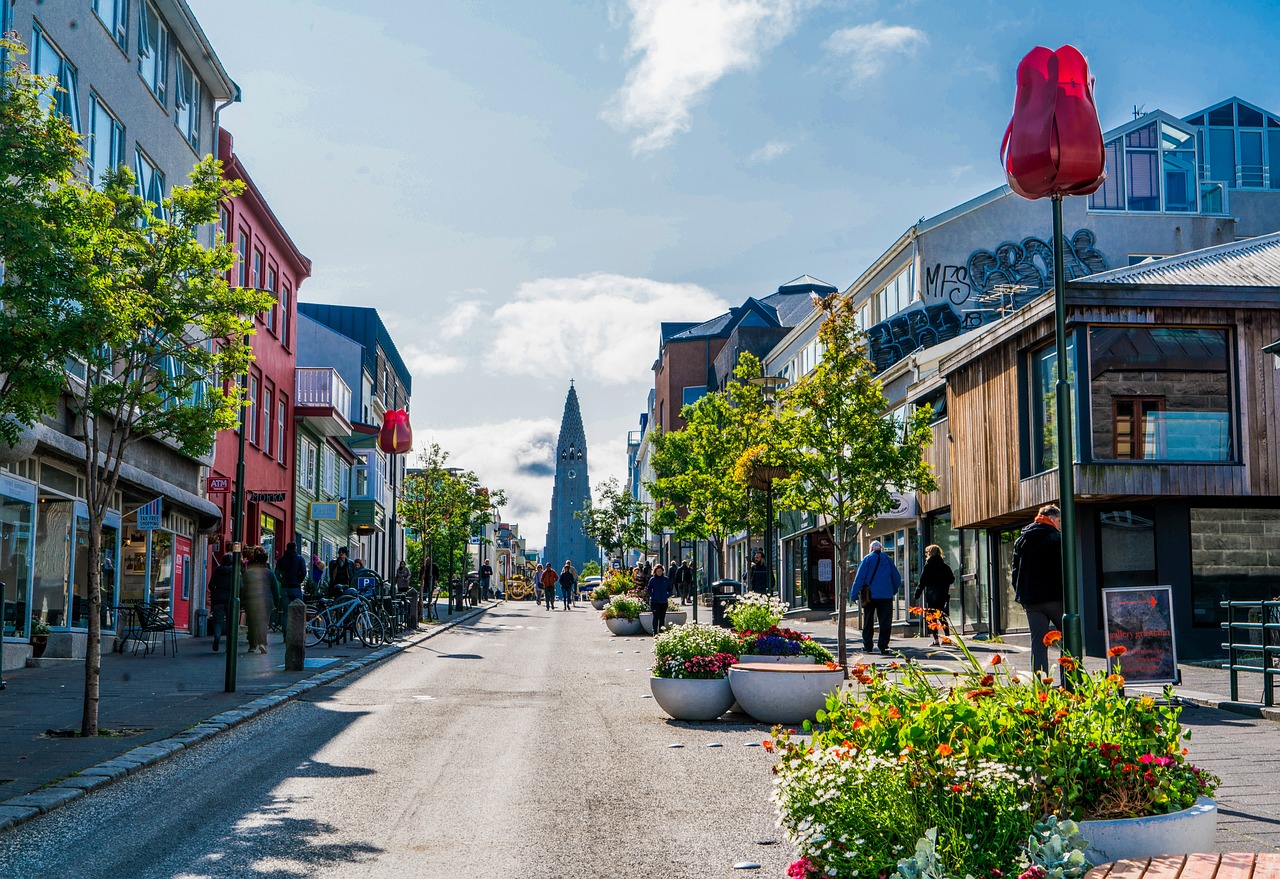
Reykjavik, Iceland’s capital, has seen tourist numbers soar to over 2 million in 2023, a massive figure for a country with only around 380,000 residents. The boom has strained infrastructure, driven up prices, and sparked concerns about environmental sustainability. Seventy percent of Icelanders now believe that tourism is harming their environment, according to recent surveys. The government has restricted access to some of the most sensitive natural sites and is promoting more sustainable travel options. Locals have become less enthusiastic about the constant stream of visitors, especially during peak season. New rules limit group sizes and require permits for certain activities, reflecting a push to protect the landscape. Tourists will find more information on responsible travel and stricter enforcement of rules. These adjustments signal a clear desire to balance tourism with long-term environmental and social well-being.




